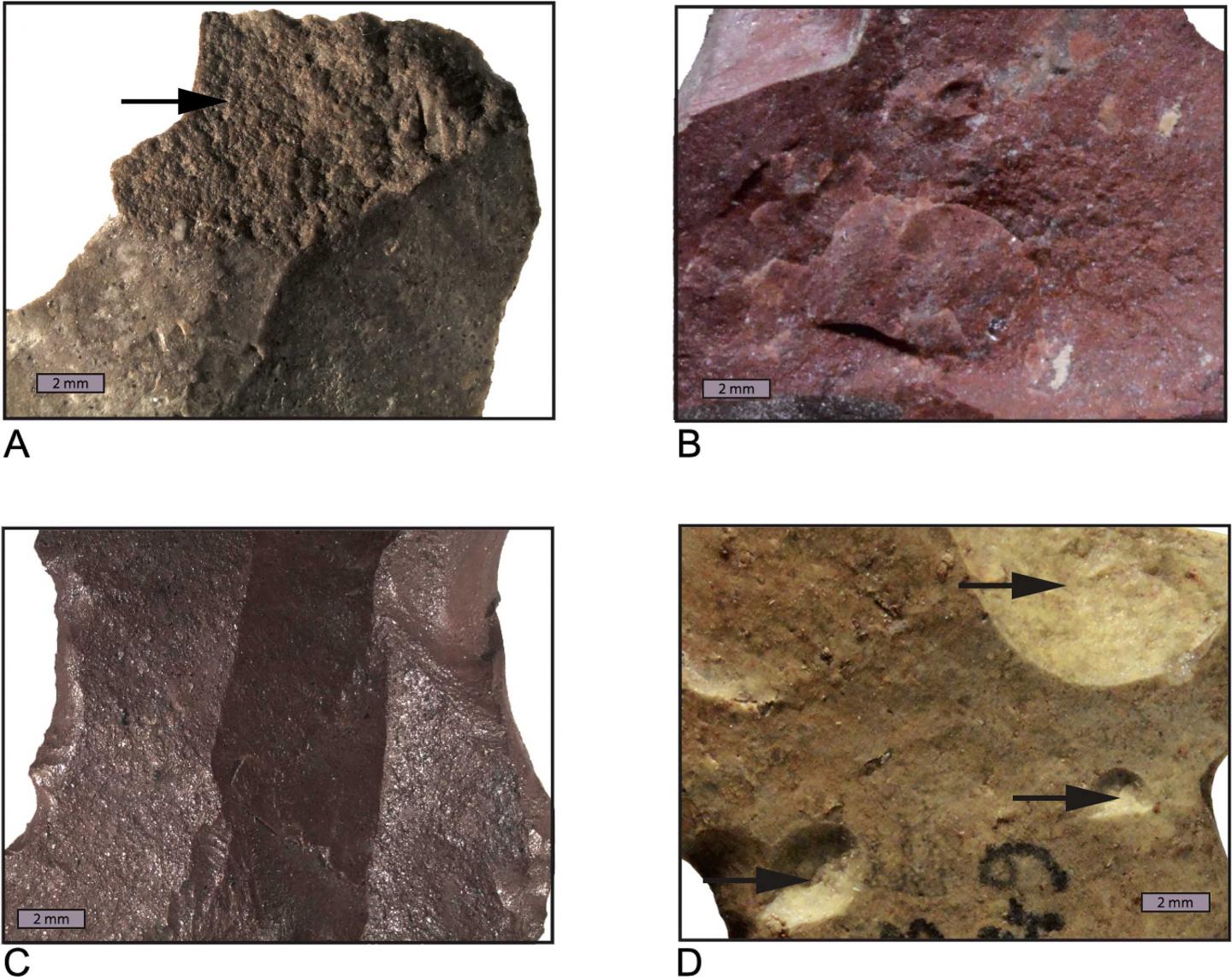<![CDATA[New research has revealed that humans living during the Middle Stone Age in South Africa may have used sophisticated heat-treating techniques to create silcrete stone tools. Silcrete is made from hardened soil, a combination of gravel and sand that has been cemented together by dissolved silica. It is naturally occurring in many arid regions of the world, particularly Africa and India, but has been found in more temperate climates in France and England as well. While stone tools can be made from silcrete, it is difficult to do so without first heat-treating stone as heat-hardened silcrete will flake more easily, making it easier to shape through Neolithic techniques. Humans living in the region that is now South Africa during Middle Stone Age are known to have intentionally treated silcrete rock through the application of heat some 70,000 years ago. However, this new discovery is the first to present evidence of the activity – and also the first to explore the role this technological development played in Neolithic societies of the time. Researchers from the University of Bordeaux in France, led by Anne Delagnes from the university’s Centre Nationnal de la Recherche Scientifique (CNRS), examined tools discovered in the Klipdrift Shelter archaeological site in the southern reaches of the Cape of Good Hope using using new, non-destructive methods on samples taken from 31 separate locations. The university researchers discovered that more than 90 percent of the silcrete had been heat treated both extensively and intentionally to create silcrete blades. This step, which would have toughened and hardened the silcrete even further, had an impact on every stage of tool use and production that followed it. This data led the research study’s authors to make the suggestion that the heat-treated Klipdrift Shelter tools are likely to be the first direct evidence of Middle Stone Age humans intentionally and extensively using fire in an entire lithic production chain. Intentional heat treatment, in addition to other activities based around the use of fire, was a major tool for humans in the region during the Neolithic, and there has been no evidence found of equivalent activities dating back to the Middle Stone Age in any other locations around the world. The process of shaping stone tools, also known as knapping, is an ancient technique that involved pressure-flaking stone into specific shapes through a process called lithic reduction. The process is a relatively complex one, as many of the types of stone best suited to knapping, such as flint, obsidian, or quartzite, lack natural planes of separation; silcrete however, shares many of the characteristics of quartzite, making it an ideal type of stone for shaping in this manner. Despite the complexity of the technique, knapping is considered to be highly predictable, making it a popular subject of study for anthropologists, archaeologists, and even hobbyists that enjoy mastering ancient skills. The new research paper, published recently in the open research journal PLOS ONE, is available here Image courtesy of Delagnes et al (2016)]]>
Stone Age Humans Heat-treated Stone Tools
